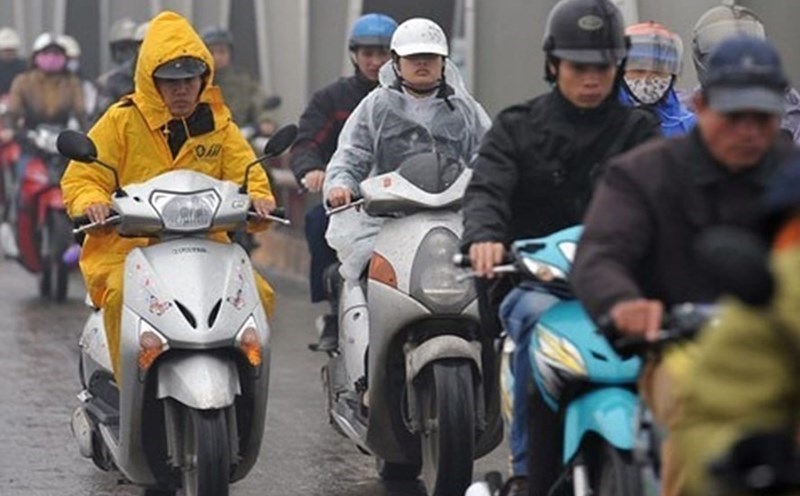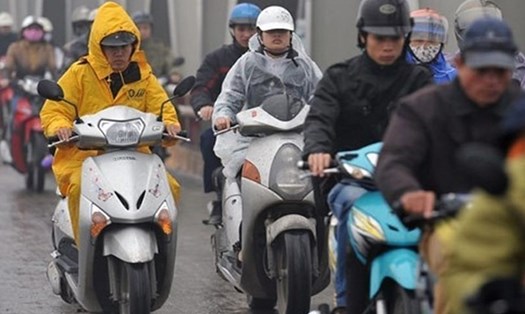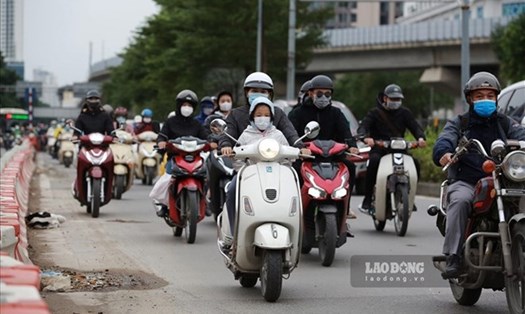According to the National Center for Hydro-Meteorological Forecasting, the North is likely to welcome a cold air mass on November 18. Temperatures will decrease, and the weather will turn cold at night and in the morning. Disturbances in the East wind zone are likely to cause showers and thunderstorms in this area for about 1-2 days.
Cold air is likely to be active in December. Severe cold and freezing weather in the Northern region is likely to occur widely from the second half of December (similar to the average of many years). Cold air activity is weaker than the average of many years, the average temperature in the Northern and North Central regions is generally 1-1.5 degrees Celsius higher.
The first severe cold spell will fall in the second half of December. From there, strong cold air will operate continuously. Severe cold spells will last until February 2025.
People and tourists need to be on guard against prolonged cold spells, especially in the northern mountainous areas, accompanied by frost and ice during this time.
The southwest and northeast monsoons are likely to cause strong winds and large waves, affecting activities at sea. Severe cold spells may be accompanied by frost and ice, which can have a major impact on agricultural production and people's health.






